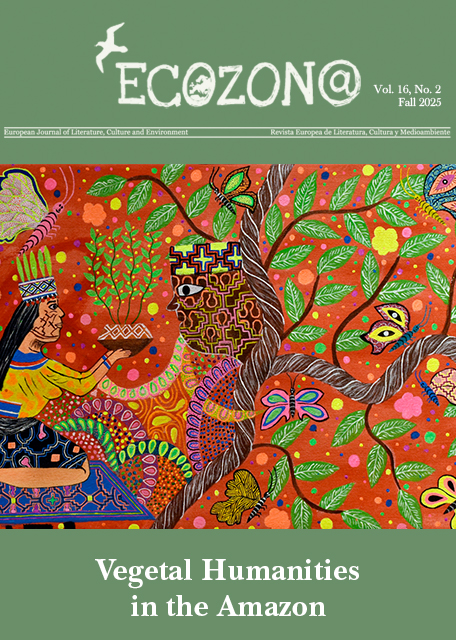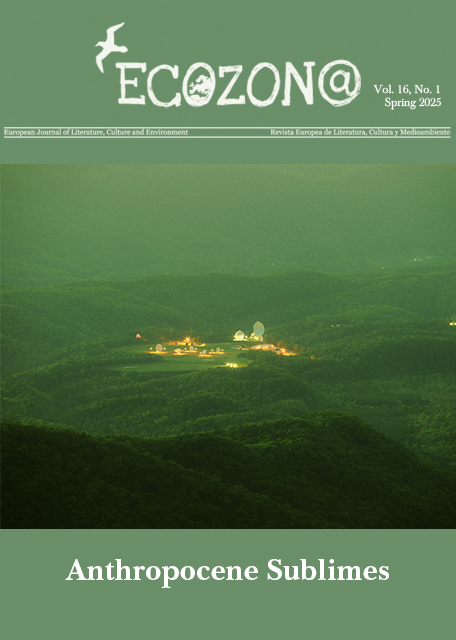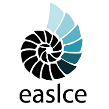The Ocean in Contemporary Norwegian Literature
DOI:
https://doi.org/10.37536/ECOZONA.2025.16.2.5409Keywords:
Contemporary Norwegian literature, blue humanities, blue ecocriticism, material ecocriticism, new materialismAbstract
This paper aims to analyse the way in which the ocean is depicted in several contemporary Norwegian literary works. The analysed volumes are Mandø (2009), by Kjersti Vik, the so-called Barrøy Chronicles, by Roy Jacobsen (2013-2020), Shark Drunk (2015), by Morten Strøksnes, and The End of the Ocean (2017), by Maja Lunde. This research is situated at the intersection between ecocriticism and new materialist theories. In this sense, it draws extensively on approaches such as Serenella Iovino and Serpil Oppermann’s material ecocriticism, as well as on more recent scholarship that integrates literary theory with new materialist thought. Building on Juha Raipola’s critique of material ecocriticism, this article argues that if the behavior of the more-than-human world remains inaccessible to humans, it can only be approached through speculation. Speculation becomes particularly relevant when it comes to literature, as, according to Kerstin Howaldt and Kai Merten, it celebrates human finiteness. The human characters in the selected volumes seek connection with the more-than-human world by projecting human stories onto placeswhere they are clearly absent: some read whales as planets, other interpret the movement of waves as a sea chantey. Most of the times, these characters are fully aware of the insurmountable rift between them and the nonhuman environment they inhabit, and this is what engenders the speculation in the first place.
Downloads
Downloads
Published
Issue
Section
License
Authors who publish with this journal agree to the following terms:
a) Authors retain copyright and grant the journal right of first publication with the work simultaneously licensed under a Creative Commons Attribution License that allows others to share the work with an acknowledgement of the work's authorship and initial publication in this journal (CC BY-NC for articles and CC BY-NC-ND for creative work, unless author requests otherwise.
b) Authors are able to enter into separate, additional contractual arrangements for the non-exclusive distribution of the journal's published version of the work (e.g., post it to an institutional repository or publish it in a book), with an acknowledgement of its initial publication in this journal.
c) Authors are permitted and encouraged to post their work online (e.g., in institutional repositories or on their website) prior to and during the submission process, as it can lead to productive exchanges, as well as earlier and greater citation of published work (See The Effect of Open Access).










